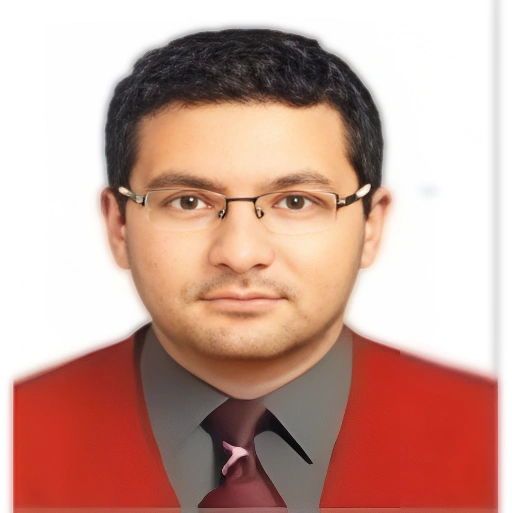Efficiency of hypericum perforatum, povidone iodine, tincture benzoin and tretinoin on wound healing





Yazarlar (6)

Türkiye
Doç. Dr. Mustafa Mert BAŞARAN
Kafkas Üniversitesi, Türkiye

Türkiye

Erzincan Binali Yıldırım Üniversitesi, Türkiye

Türkiye

Türkiye
| Makale Türü | Özgün Makale |
| Makale Alt Türü | SSCI, AHCI, SCI, SCI-Exp dergilerinde yayınlanan tam makale |
| Dergi Adı | FOOD AND CHEMICAL TOXICOLOGY |
| Dergi ISSN | 0278-6915 Wos Dergi Scopus Dergi |
| Dergi Tarandığı Indeksler | SCI-Expanded |
| Dergi Grubu | Q1 |
| Makale Dili | İngilizce |
| Basım Tarihi | 08-2022 |
| Cilt No | 166 |
| Sayı | 166 |
| Sayfalar | 1 / 9 |
| DOI Numarası | 10.1016/j.fct.2022.113209 |
| Makale Linki | https://www.sciencedirect.com/science/article/pii/S0278691522004070?via%3Dihub |
| Özet |
| Different topical agents have been used to accelerate wound healing. The purpose of this study is to compare the safety and efficacy of topical application of the extract of Hypericum perforatum (HPE), povidone iodine (PI), tincture benzoin (TB) and tretinoin (T) on surgical wound healing. Ten adult female, Wistar albino rats were included in the study. HPE, PI, TB and T solutions were applied on the wounds. After seven days, tissue samples were collected and inflammatory cells, re-epithelialization, granulation tissue, angiogenesis, collagen accumulation, hemorrhage and lysis of cells were investigated histopathologically. No dermal toxicity was noted. HPE, TB, PI have all showed good epithelialization and granulation, but HPE showed the most advanced stage of healing within a short period of time. HPE had significantly higher values of re-epithelialization and collagen accumulation, but lower inflammatory cell count and granulation tissue. TB had the second best in re-epithelialization, collagen accumulation and the highest granulation tissue. PI induced better reepithelialization and granulation than the control group with remarkable cell lysis. As a result, HPE can be a safe, effective, and cheap agent that can be used for surgical wounds. |
| Anahtar Kelimeler |
| Hypericum perforatum | Povidone iodine | Tincture benzoin | Tretinoin | Wound healing |

